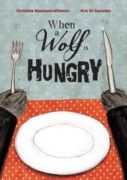
When Edmond Bigsnout, a lone wolf, sets out to satisfy his craving for a city rabbit, his efforts are foiled by apartment dwellers who think he is a new neighbor.
Catalog sorted by age group

When Edmond Bigsnout, a lone wolf, sets out to satisfy his craving for a city rabbit, his efforts are foiled by apartment dwellers who think he is a new neighbor.
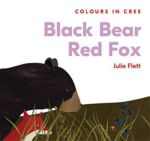
A Book that demostrates colors in English as well as in Cree.
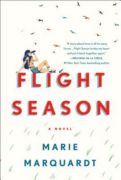
Two teenagers learning what to hold on to, what to let go of, and that sometimes love gets in the way of our plans.
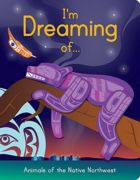
A book that shows Animals of the Native Northwest.
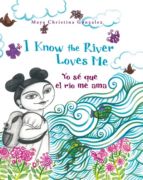
A girl expresses her love of the river that she visits, plays in, and cares for throughout the year.
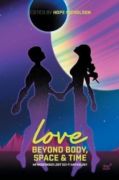
Love Beyond Body, Space, and Time is a collection of indigenous science fiction and urban fantasy focusing on LGBT and two-spirit characters. These stories range from a transgender woman undergoing an experimental medication that enables her to live the lives of her maternal ancestors to young lovers separated through decades and meeting in the future. These are stories of machines and magic, love and self-love.
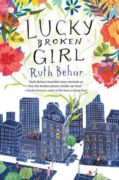
In this unforgettable multicultural coming-of-age narrative—based on the author’s childhood in the 1960s—a young Cuban-Jewish immigrant girl is adjusting to her new life in New York City when her American dream is suddenly derailed. Ruthie’s plight will intrigue readers, and her powerful story of strength and resilience, full of color, light, and poignancy, will stay with them for a long time.
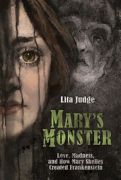
Pairing free verse with over three hundred pages of black-and-white watercolor illustrations, Mary’s Monster is a unique and stunning biography of Mary Shelley, the pregnant teenage runaway who became one of the greatest authors of all time.
Mary’s Monster is a WOW Recommends: Book of the Month for April 2018.

Astronaut John Herrington shares his passion for space travel and his Chickasaw heritage as he gives children a glimpse into his astronaut training at NASA and his mission to the International Space Station. Learn what it takes to train for space flight, see the tasks he completed in space, and join him on his spacewalk 220 miles above the earth. This unique children s book is illustrated with photos from Herrington’s training and space travel and includes an English-to-Chickasaw vocabulary list with space-related terms.
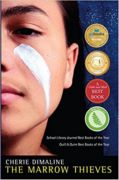
Humanity has nearly destroyed its world through global warming, but now an even greater evil lurks. The indigenous people of North America are being hunted and harvested for their bone marrow, which carries the key to recovering something the rest of the population has lost: the ability to dream. In this dark world, Frenchie and his companions struggle to survive as they make their way up north to the old lands. For now, survival means staying hidden—but what they don’t know is that one of them holds the secret to defeating the marrow thieves.